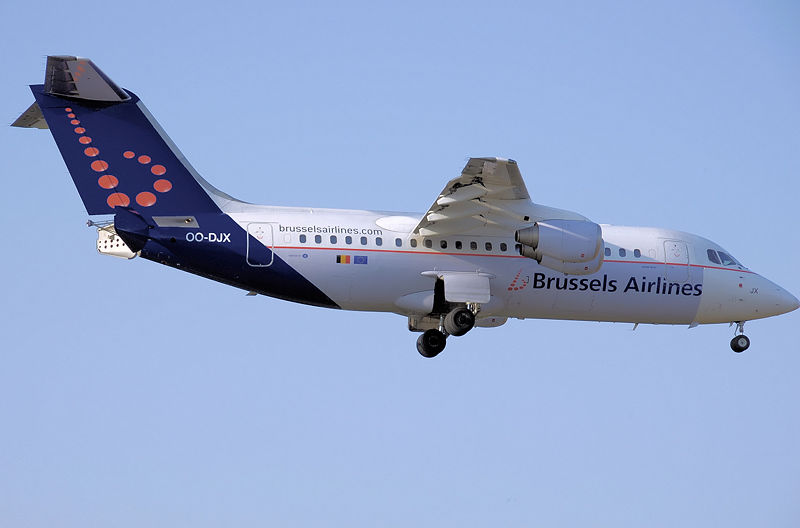I'm not sure about the A318 being the smallest ETOPS rated aircraft, there's plenty of bizjets and whatnot which are ETOPS rated as far as I know
I reckon it will work. There are plenty of business travellers wanting to go to New York without the hassle of Heathrow. Imagine being able to check in 15-20 minutes before departure for a hop over to New York!
Yeah thats what they wanted to do with the Global Express. 14 passengers no waiting around for some chav spending his money at the bar or JJB sports.
Two major players came and looked over some ideas at my old place with a view to buying over 100 aircraft between them. One month later the towers came down. Ironically business travel on smaller private jets didnt suffer at all. Lots of people preferred it and thought it safer but the bigger comanies looking to do that lost too much money on economy to be able to fund it.
I know the Global complies with JAR OPS Etops but very few I worked on in the inital days had it or maintained the rating.


 ) jet.
) jet.



